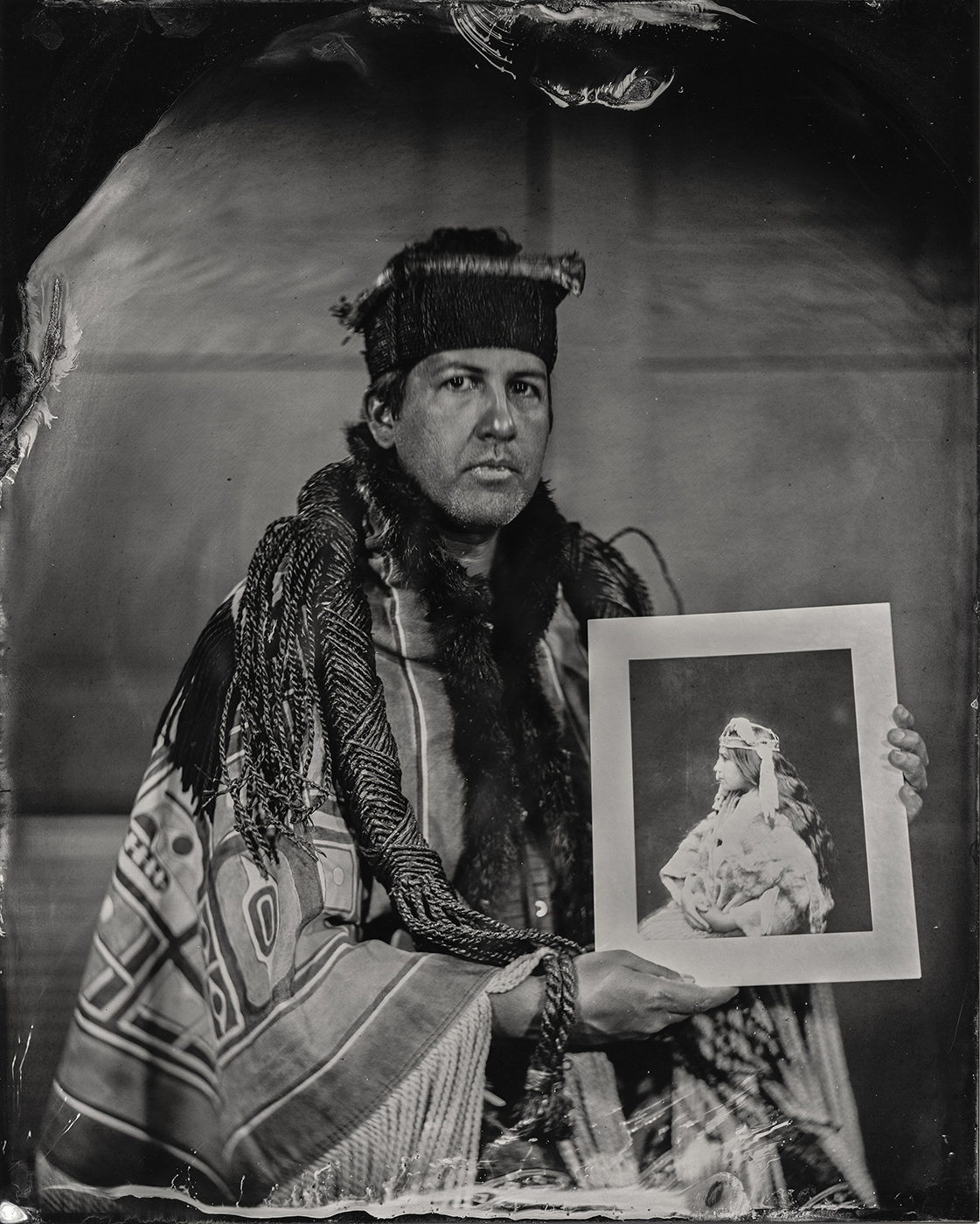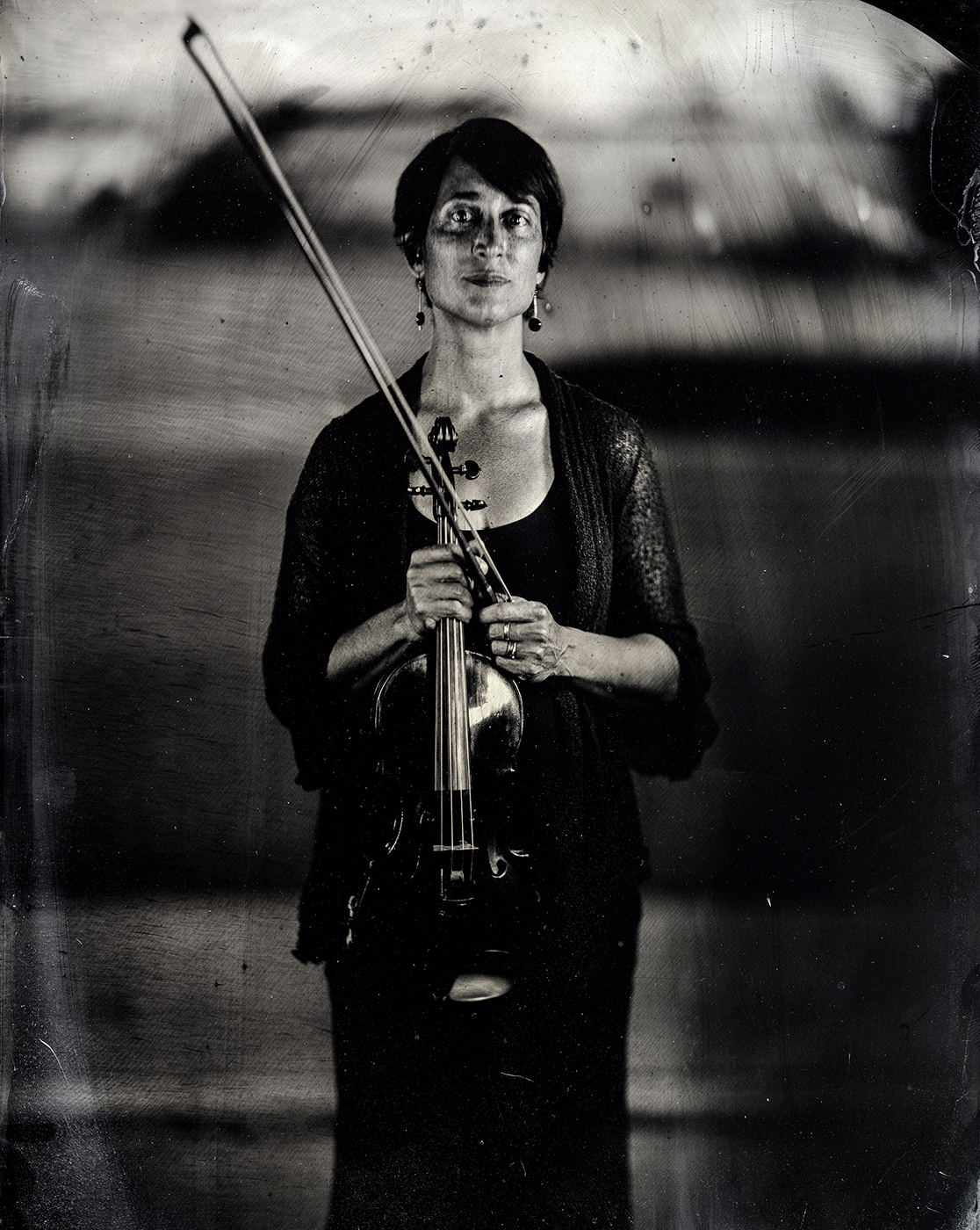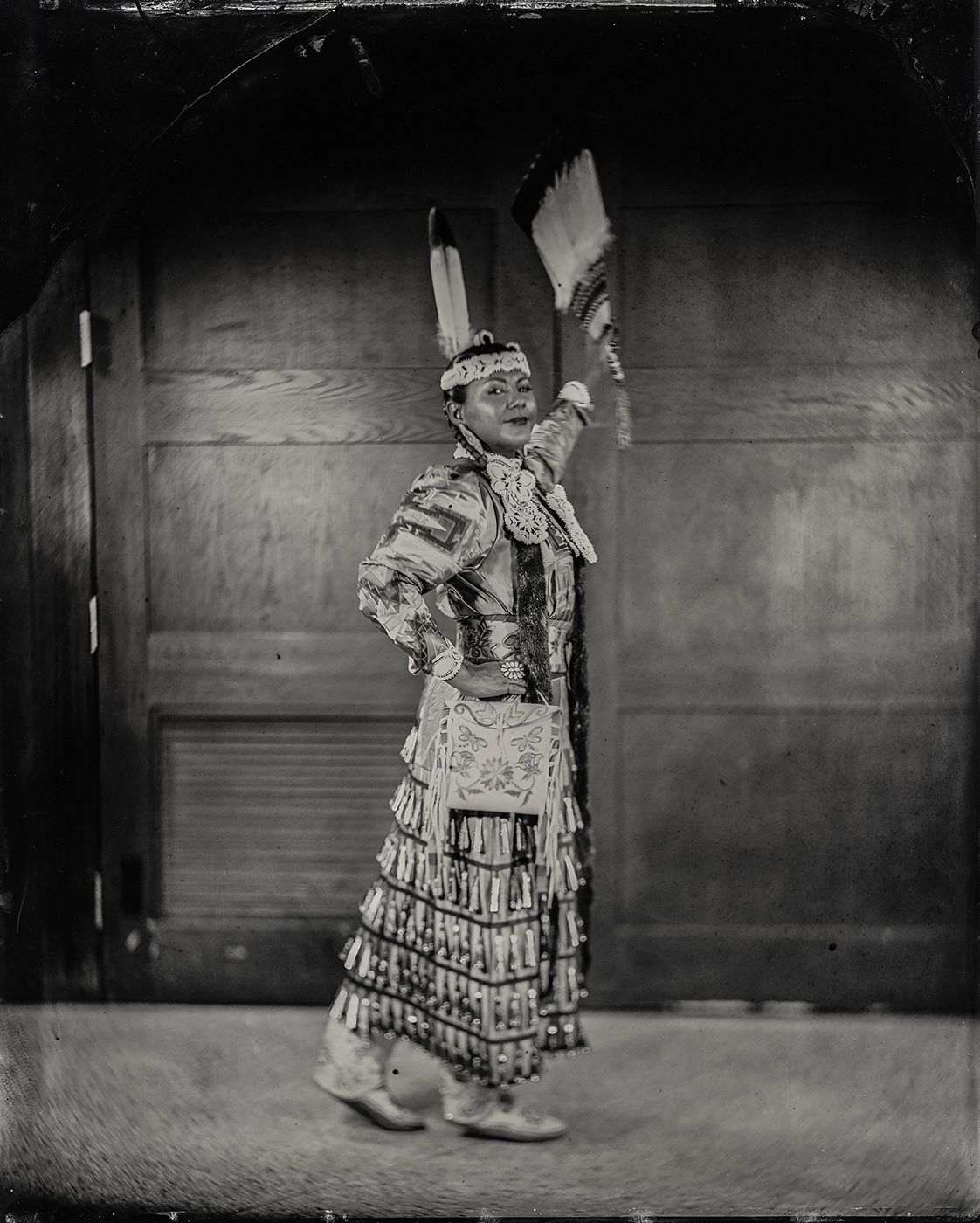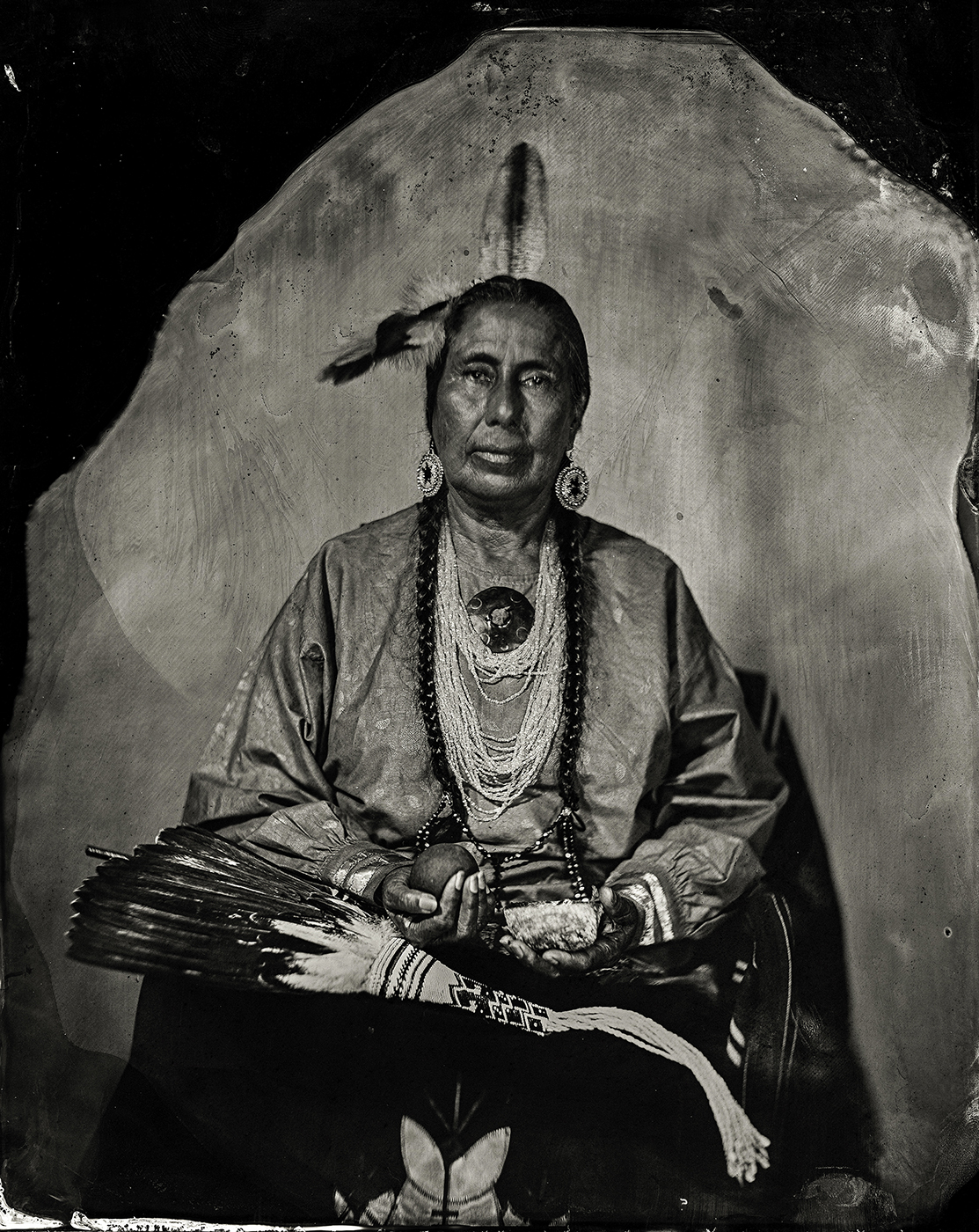






Artist's Statement
Will Wilson
The Critical Indigenous Photographic Exchange (CIPX) stimulates a critical dialogue around the historical and contemporary “photographic exchange.” My aim is to convene with indigenous artists, arts professionals, tribal leaders and our allies to engage in the performative ritual that is the studio portrait. This experience is intensified by the use of large format (8x10) wet-plate photography. This beautifully alchemic process dramatically contributed to our understanding of Native American people and, in so doing, our American identity. It is worth noting that the first photographs of Navajo people, the Diné, were created with this process during the 1864 deportation and attempted ethnic cleansing of the Navajo people by the US government. As a citizen of the Navajo Nation, and indigenous artist working in the 21st Century, I am impatient with the way American culture remains enamored of one moment in the photographic exchange between Indigenous Americans and Euro-American society: the decades from 1907 to 1930 when photographer Edward S. Curtis produced his magisterial opus The North American Indian. For many people even today, Native people remain frozen in time in Curtis’s photos. The CIPX project aims to supplant Curtis’s settler gaze with a contemporary vision of Native North America. CIPX indigenizes photographic portraiture by ensuring that its subjects are participating in the re-inscription of their customs and values in a way that leads to a more equal distribution of power and influence in the cultural conversation. As a gesture of reciprocity, I give the sitter the tintype photograph produced during our exchange, with the caveat that I be granted a non-exclusive right to use a high-resolution scan of their image for my artistic purposes. These Native American photographs represent an intervention within the contentious and competing visual languages that form today’s photographic canon. This critical indigenous photographic exchange generates new forms of authority and autonomy within the fields of Native American representation and photographic portraiture while re-imagining what the photographic exchange can be. Download the "Talking Tintype" app from the Play Store or App Store and scan for interactive content.

